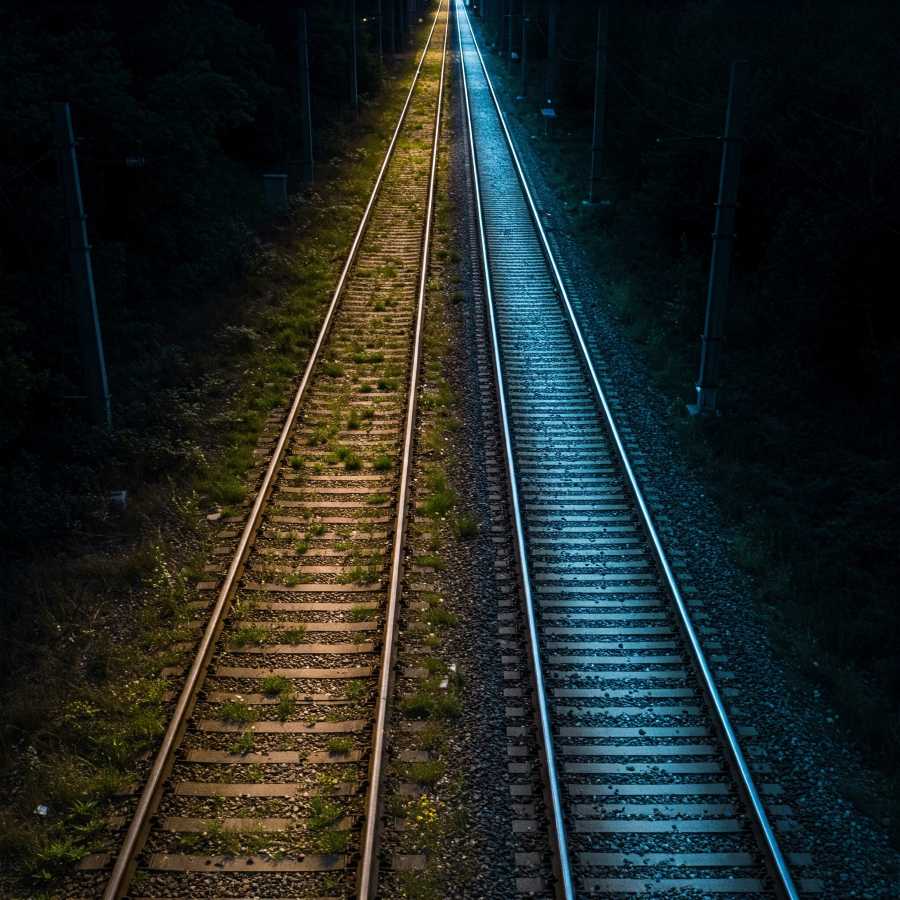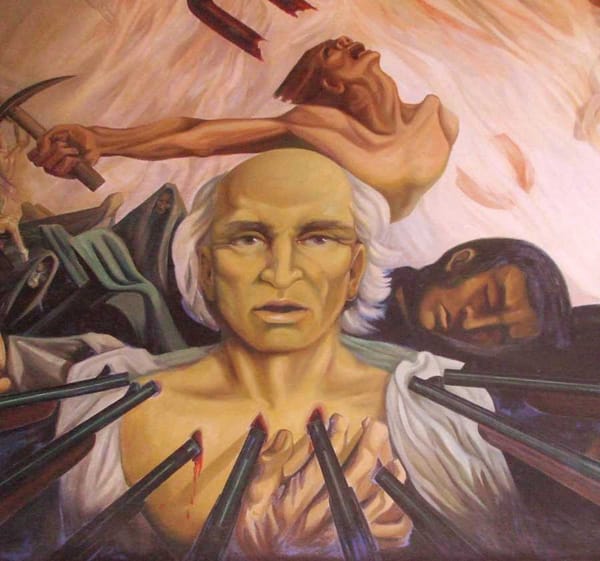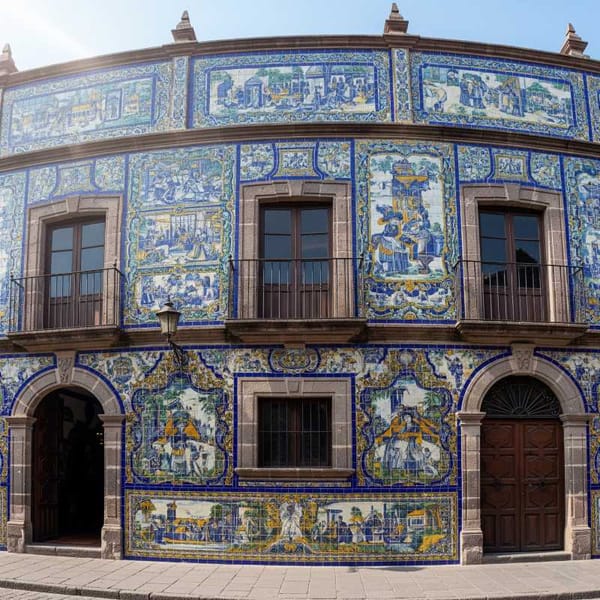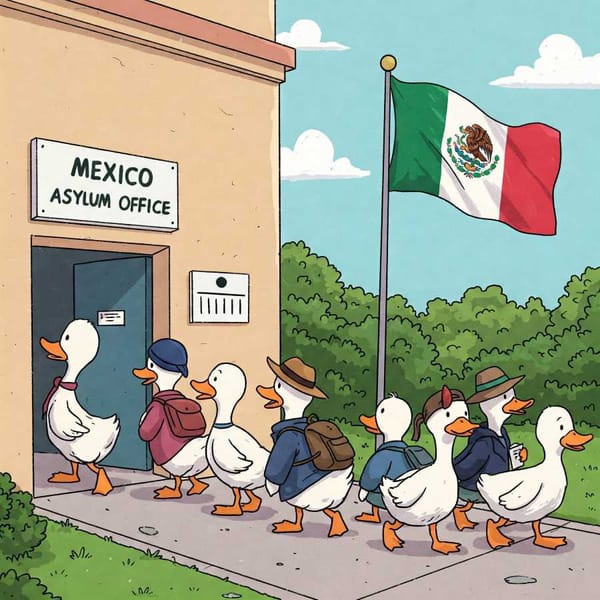Mexico City-Pachuca Rail Project Breaks Ground, Promises Economic Boost
Mexico broke ground on the Mexico-Pachuca train, aiming to benefit 1.2M people and create 40K jobs. The line will connect Mexico City and Pachuca, significantly reducing travel time. Construction is led by military engineers.

Mexico has officially commenced the construction of a new railway line connecting Mexico City and Pachuca, the capital of Hidalgo state, signaling a significant push to modernize the nation's passenger rail infrastructure. The groundbreaking ceremony, led by President Claudia Sheinbaum Pardo in Zempoala, Hidalgo, marks the initiation of a project slated to benefit 1.2 million people and generate an estimated 40,000 direct jobs, with potentially double that number in indirect employment.
The project, spearheaded by the military engineers of the "Felipe Angeles" Group under the Secretary of National Defense, is anticipated to be completed within one year and seven months. This ambitious timeline underscores the government's commitment to revitalizing passenger rail, a sector that President Sheinbaum noted had been largely neglected during the "neoliberalism" era, when existing train services were privatized and subsequently ceased operations. "Today begins the construction of the Mexico-Pachuca train," President Sheinbaum stated, adding, "You all know that during the entire period of neoliberalism, when trains were privatized, this one in particular stopped functioning for both cargo and passengers. We were told they would be the most modern. And in reality, they disappeared."
The new electric, eco-friendly, and silent train line aims to significantly reduce travel times between the two cities. The journey from Pachuca to Mexico City is projected to take one hour and ten minutes. Notably, travel time from the Felipe Angeles International Airport (AIFA) to Pachuca will be a mere 38 minutes, representing a time saving of 25 to 30 percent. The train will operate at a maximum speed of 120 kilometers per hour.
Ricardo Vallejo Suárez, the project's representative, detailed the scope of the construction, highlighting that the 57-kilometer double-track electrified line between AIFA and Pachuca will be a key segment. The entire project will involve the construction of 12.3 kilometers of elevated concrete viaducts, 45 kilometers of embankments, and seven stations and stops. Additionally, significant infrastructure work includes relocating 20 kilometers of existing freight rail line to accommodate the new passenger tracks, as well as building 12 bridges, 56 drainage structures, and 14 vehicular overpasses. To meet the aggressive timeline, ten simultaneous work fronts will be established.
The Mexico-Pachuca train will be integrated with existing public transportation networks, including the Tren Suburbano Buenavista-Cuautitlán, which connects to the Mexico City Metro and Metrobús, as well as the Ecobici bike-sharing system and the Tuzobús bus rapid transit in Pachuca. This connectivity aims to provide a seamless travel experience for commuters and other passengers. "There will be a very important change in the daily commutes in the mornings and afternoons, which are trips to work, to school, between the city of Pachuca and Mexico City," President Sheinbaum explained.
The Secretary of National Defense's "Felipe Angeles" Group will not only construct the railway but will also operate it through the Grupo Aeroportuario, Ferroviario, de Servicios Auxiliares y Conexos Olmeca-Maya-Mexica, S.A. de C.V. (GAFSACOMM), the same entity managing the Maya Train project. The commander of the engineering group, Gustavo Loeza, expressed pride in the military engineers' involvement in this and other rail projects, including the Mexico-Querétaro line. "We have great pride in the Defense, that our military engineers are the ones who will develop this work on the Mexico-Pachuca train and the Mexico-Querétaro train, and they will continue to help us on all sections. Furthermore, they will operate the train with the Secretary of Defense's company, which already operates the Maya Train, already has the Maya Train hotels, and will also operate this section," he added.
Andrés Lajous, General Director of the Railway Transport Regulatory Agency (ARTF), emphasized the broader vision for passenger rail development under the current administration. "We have the objective of building about three thousand kilometers of passenger trains: this year, the Mexico-Pachuca, the Mexico-Querétaro, Querétaro-Irapuato, and Saltillo-Nuevo Laredo. And the objective is that we can build a line that goes from Mexico City to Nuevo Laredo, and the other: Mexico City to Nogales, along the Pacific and the Gulf of Mexico," he stated, outlining ambitious plans for future rail expansion.
The Governor of Hidalgo, Julio Menchaca Salazar, hailed the project as addressing a historical debt to the state and anticipating a positive impact on the economic and social life of the region's inhabitants. The new railway is expected to foster greater connectivity and economic activity in the communities along its route, with stations and stops planned in the State of Mexico at Xaltocan II, Tizayuca, Temascalapa, and Tepojaco, and a stop in Xolox, as well as stations in Hidalgo at Empalme El Rey, the Platah industrial park, Jagüey de Téllez, and Pachuca.
The commencement of the Mexico-Pachuca train project reflects the ongoing efforts by the Mexican government to revitalize its railway network and provide modern, efficient transportation options for its citizens, potentially reshaping regional connectivity and economic landscapes.




